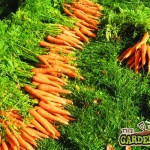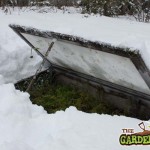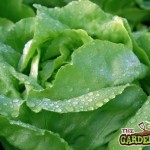As summer draws to a close we turn our attention to the onset of chillier weather and what that means for our vegetable garden. Luckily though this does not mean the end of production as garden cloches, greenhouses, polytunnels and cold frames can all be used to extend our growing season and provide some much needed shelter from the cold
- Carrot Bolero
- Cold Frame
- Lettuce Arctic King
There are a number of plants suited to being grown over the winter months and into the following spring. If you want to get a harvest in the depths of winter or for on or around Christmas day then be sure to start your crops early and give them time to develop and mature in the last of the summer warmth and before they need covering with cloches. Ideally you should sow your crops by the middle of July if you have any hope of having some greens on your plate on Christmas day.
Cold frame, like cloches and greenhouses will help to raise external temperatures by anywhere between 3 and 5 degrees Celsius. This slight temperature difference can make all the difference. Firstly by allowing plants to continue to grow even when external temperatures are as low as 5 degrees and also prevent these same plants from perishing even when the external temperatures drop below -5 degrees.
Some plants best suited to growing in cold frames over the winter months include the smaller and more compact plants. Lettuce such as “Arctic King’ or ‘All Year Round’ are two good choices for a winter salad and will continue to grow in a cold frame. You should sow these lettuce seeds in Early August until early September. Spinach and other salads like Pak Choi and the fast growing radish can be sown at this time
Another vegetable that can be grown in your cold frame is carrots. Again, be sure to sow in late July, Early August and protect crops with straw when the chill starts to set in. Your individual carrots may not be that big but they will be plentiful.
Cold frames can be built from sections of timber and polythene sheeting, but if you intend on building your own be sure that they are sturdy and secure enough to withstand the extreme conditions that we can experience in winter. Cold frames need to be anchored to the ground otherwise the can end up in the neighbour’s garden.
Location of your cold frame is important too. Sunlight can be a scarce resource in winter so be sure to position your cold frame where it can benefit from the most sunlight. The slanted window should face south. It is recommended that the cold frame be slightly buried in the ground for greater insulation. The cold frame will need to be insulated and a tight seal around the window and frame is necessary to maintain internal heat


